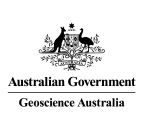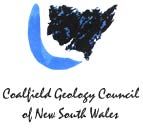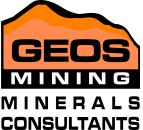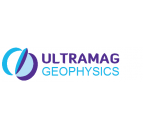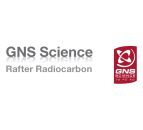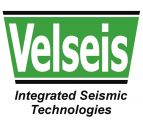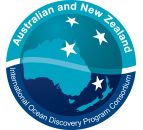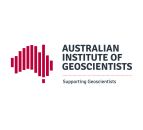GSA AESC
Comparisons & Contrasts in Circum-Pacific Orogens
Theme Convenor
Bill Collins, University of Newcastle
Fundamentally different tectonic evolution models have been applied to circum-Pacific orogenic belts, depending on location in either the eastern or western Pacific realms. For example, for the last three decades, North American Cordilleran models have focussed on accretion of suspect oceanic terranes to grow the orogen, whereas more recent models for the SW Pacific have focussed on growth by protracted slab rollback and intermittent contraction (tectonic mode switching), which have been applied to the Paleozoic Gondwanan orogens now exposed in Australia, Antarctica, and New Zealand. What is the geological evidence for these competing models?
Can each model be applied to either side of the Pacific? If not, why not? What insights can be gleaned from Andean tectonic evolution, which seems to be dominated by subduction-erosion processes? Are there fundamentally different geodynamic drivers that permit this supposed contrasting tectonic evolution across the Pacific?
This special session of AESC will explore these questions and related issues on circum-Pacific tectonic evolution.
Latest News
Public Forum
Book
here
(click for more)
AESC 2014
December 2013
AESC 2014 First Circular
March 2013





